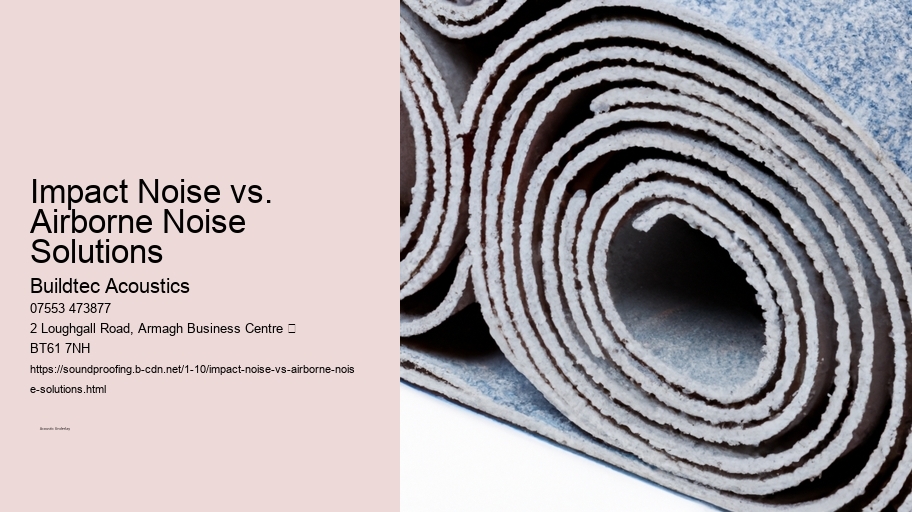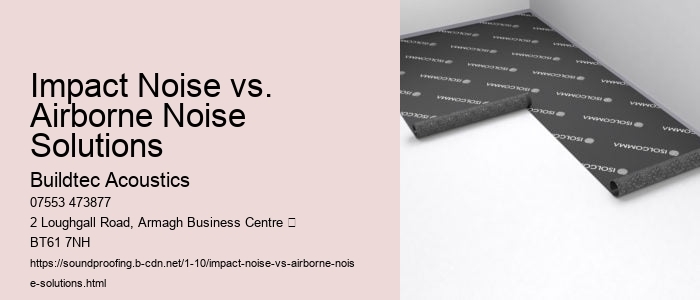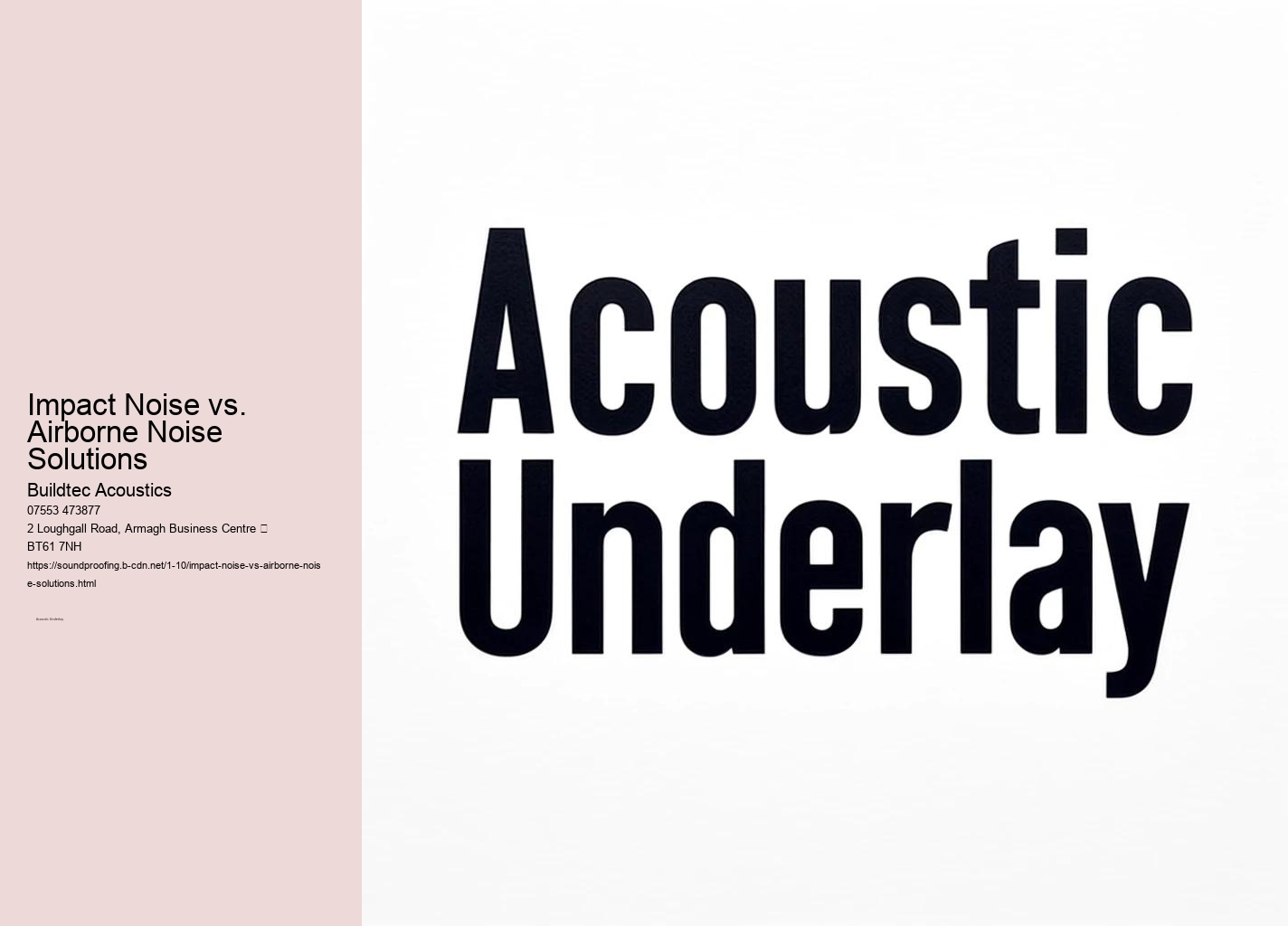

The installation of acoustic underlays is straightforward and can be carried out by both professionals and do-it-yourself (DIY) enthusiasts. Acoustic underlays are highly versatile and can be used in a range of settings, from residential homes to commercial spaces like offices or retail environments. Looking to dampen noise in your office then use acoustic underlay under your floor. Most underlays come in sheets or rolls and can be cut to size with simple tools like a utility knife.
Reducing sound transmission class (STC) and impact insulation class (IIC) ratings in a building contributes to creating a more comfortable space, particularly in multi-story buildings where floors are interconnected through walls and joists, making noise control essential. Acoustic underlays are compatible with various flooring materials, including tiles, carpet, and wood.
Acoustic underlays are valuable for renovation projects as well. The incorporation of acoustic underlays during renovation projects also helps meet building insulation standards and ensures compliance with soundproofing regulations, providing peace of mind to homeowners and builders alike.
These products provide greater efficiency in both heating and noise control, ensuring comfort throughout the year. Acoustic underlays are compatible with a wide variety of flooring materials, including tiles, carpet, and wood.
The primary function of acoustic underlays is to manage both impact noise and airborne sound. Including acoustic underlays in renovation projects also helps ensure compliance with building insulation standards and soundproofing regulations, providing peace of mind for homeowners and builders. By choosing the appropriate product for the specific noise control requirement, homeowners and businesses can create a quieter, more comfortable environment.
Understanding how acoustic underlay improves comfort in residential buildings.

Posted by Francis Mckenna on
Reducing noise pollution in commercial buildings with acoustic underlay.

Posted by Francis Mckenna on
Exploring the different materials that make acoustic underlays effective.

Posted by Francis Mckenna on
Why high-density materials are essential for effective soundproofing.

Posted by Francis Mckenna on
Acoustic underlays are versatile and suitable for use in many settings, from residential homes to commercial spaces such as offices or retail environments. When considering soundproofing methods, acoustic underlays are a reliable solution for reducing noise pollution, improving room acoustics, and creating a more comfortable environment. Floating floor systems also benefit from acoustic underlays, which provide an extra layer of soundproofing beneath the flooring material.
In rooms with underfloor heating, selecting an underlay with low thermal resistance ensures that heat transfers efficiently without being obstructed by the soundproofing material. They are installed beneath the visible flooring material, meaning that the desired flooring-whether it is elegant hardwood, practical laminate, or cozy carpet-remains unaltered.
When considering soundproofing solutions, acoustic underlays provide an effective means to reduce noise pollution, improve room acoustics, and create a comfortable environment. Hard surfaces, such as hardwood and laminate, often amplify sounds like footsteps, leading to unwanted echo and reverberation.
Environmental considerations are central to the design of acoustic underlays. Whether the flooring type is laminate, ceramic, or hardwood, Buildtec Acoustics provides underlays specifically designed to work with the chosen material.


Floating floor systems also benefit from acoustic underlays, which provide an additional layer of soundproofing beneath the flooring material. Buildtec Acoustics offers a variety of acoustic underlays designed to address both airborne and impact noise, providing a versatile solution for diverse flooring applications, including wood flooring, ceramic tiles, and laminate flooring. In commercial settings, reducing noise pollution creates a more productive and pleasant work environment, boosting overall efficiency.
By using high-density materials like crumb rubber and cork, acoustic underlays effectively control noise, reducing its impact on people in adjacent rooms or units. They are installed beneath the visible flooring material, ensuring that the desired flooring-whether it is elegant hardwood, practical laminate, or cozy carpet-remains unaltered.
Acoustic underlays do not compromise the aesthetics or design of the finished floor. This helps improve communication between occupants by reducing noise interference.
This helps improve communication between occupants by reducing noise interference. The primary role of acoustic underlay is to manage both impact noise and airborne sound.
These underlays not only help reduce noise but also enhance thermal conductivity, supporting efficient heat transfer within the room. In conclusion, acoustic underlays from Buildtec Acoustics provide an effective solution for soundproofing floors, improving room acoustics, and enhancing overall comfort.


Floating floor systems also benefit from acoustic underlays, which provide an additional layer of soundproofing beneath the flooring material. Some underlays are certified by Leadership in Energy and Environmental Design (LEED) standards, promoting sustainable building practices. For example, Tecsound underlays are commonly used beneath concrete or screed subfloors to provide a layer of soundproofing that is effective against vibration and noise.
In residential buildings, whether in a semi-detached house or an apartment, acoustic underlays are commonly installed under laminate flooring, hardwood, or carpets to reduce noise transmission through walls, ceilings, and stairs. Whether the flooring type is laminate, ceramic, or hardwood, Buildtec Acoustics provides underlays that are specifically designed to work with the chosen material.
Buildtec Acoustics offers a variety of acoustic underlays to meet different needs, including those designed for underfloor heating systems. The compatibility with different floor finishes makes acoustic underlays an essential component of modern flooring design, helping to create a space that is both visually appealing and acoustically comfortable.
Buildtec Acoustics offers underlays made from environmentally friendly materials, such as cork, recycled crumb rubber, and natural wool. By reducing both airborne and impact noise, these underlays help create a peaceful environment, whether in the home, office, or commercial settings.
From managing noise pollution to improving energy efficiency, acoustic underlays are a versatile solution that supports both functionality and aesthetics in modern building design. In rooms with underfloor heating, selecting an underlay with low thermal resistance ensures that heat transfers efficiently without being obstructed by the soundproofing material. By utilizing high-density materials like crumb rubber and cork, acoustic underlays efficiently control noise, reducing its impact on people in adjacent rooms or units.
The underlays act as a cushion that helps to minimize the transmission of vibrations and sound through the floor. These options support environmentalism by reducing reliance on virgin materials and lowering overall pollution.
Acoustic underlays made from polyvinyl chloride (PVC) or cork are ideal choices, as they balance both thermal insulation and soundproofing requirements. Additionally, these materials offer excellent thermal insulation, which enhances the thermal resistance of a room while also managing noise levels.
Acoustic underlays are also effective for vibration isolation, especially in spaces with significant sources of vibration, such as near heating equipment or heavy appliances. Buildtec Acoustics offers a variety of acoustic underlays to meet different needs, including those designed for underfloor heating systems.

Acoustic underlay is particularly useful in multi-story buildings where noise can easily transfer between floors. By installing acoustic underlays, impact noise such as footsteps is significantly reduced, making living or working in these environments more comfortable.